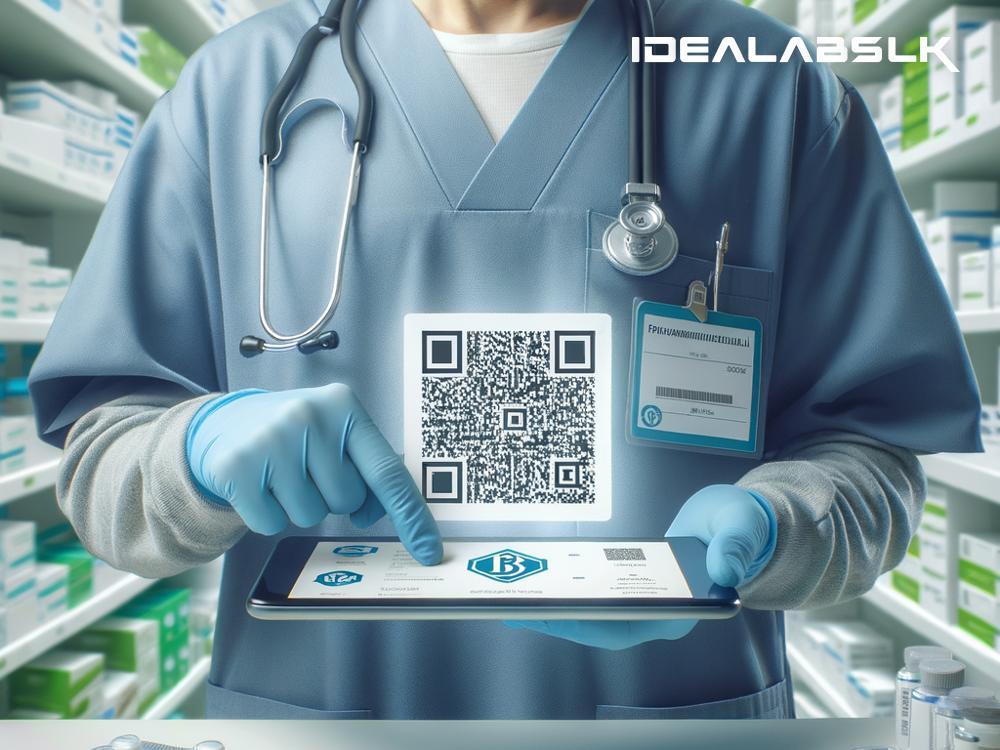How Blockchain Works in Medical Supply Chains: A Simple Guide
In the world of healthcare, the integrity and safety of medical supplies, from the production of pharmaceuticals to the delivery of surgical equipment, are paramount. The journey of these supplies from manufacturer to healthcare facilities is complex and involves many parties. This complexity can sometimes lead to inefficiencies, errors, and even vulnerabilities such as counterfeit medications entering the supply chain. That’s where blockchain technology comes in, offering a way to secure and streamline these critical supply chains. Let’s break down in plain English how blockchain can revolutionize the medical supply chain.
Understanding Blockchain
First things first, what is blockchain? Imagine it as a digital ledger or record book that is not controlled by any single entity and is virtually tamper-proof. Each "block" of information is linked to the previous one in a "chain," creating a chronological and immutable record of transactions. This technology underlies cryptocurrencies like Bitcoin, but its potential extends far beyond, into the realm of supply chain management among other areas.
Transparency and Traceability
One of the biggest challenges in the medical supply chain is maintaining transparency and traceability. It can be hard to track where a product has come from, where it’s been, and where it’s going next. Blockchain introduces an unprecedented level of transparency by allowing all parties in the supply chain to view and verify transactions in real-time. Each movement of goods can be recorded on the blockchain, creating a traceable history from production to delivery. This means, in the event of a recall or investigation, it is much easier to pinpoint where things went wrong.
Combating Counterfeit Products
Counterfeit medical products are a significant global issue, posing substantial risks to patient safety. By utilizing blockchain, each product can be assigned a unique digital identifier. As products move through the supply chain, their journey is securely and transparently logged, making it nearly impossible for counterfeit goods to be inserted into the supply chain without detection. This capability can significantly enhance the security and integrity of medical products.
Streamlining Operations
The medical supply chain involves a lot of paperwork and manual processes, which can be both time-consuming and prone to error. Blockchain can simplify these processes by digitizing documentation and using smart contracts — self-executing contracts with the terms directly written into code. For instance, payments can be automatically released upon delivery confirmation, reducing delays and the need for intermediaries. This efficiency not only reduces operational costs but also improves the speed at which supplies can be delivered where they are needed.
Enhancing Collaboration
The medical supply chain does not operate in isolation; it involves a network of manufacturers, distributors, healthcare providers, and regulators. Blockchain facilitates a more collaborative environment by providing a shared, unalterable record of transactions. This shared visibility can help reduce disputes, improve compliance with regulations, and foster trust among all stakeholders. When everyone has access to the same information, it is easier to work together efficiently and effectively.
Challenges and Future Outlook
While blockchain presents numerous benefits for the medical supply chain, there are also challenges to its widespread adoption. These include technological complexity, scalability issues, and the need for a regulatory framework that can accommodate this new technology. Despite these challenges, the potential of blockchain to enhance the safety, efficiency, and integrity of medical supply chains is undeniable.
Several pilot projects and initiatives around the world are already showing promising results, demonstrating that with the right approach, these obstacles can be overcome. As technology evolves and stakeholders become more familiar with blockchain, its adoption in the medical supply chain is likely to grow, paving the way for a more secure, efficient, and collaborative way of delivering healthcare supplies.
Conclusion
In an era where the safety and efficiency of medical supply chains are more crucial than ever, blockchain technology offers a powerful tool to address long-standing challenges. By providing a secure, transparent, and immutable platform for tracking the journey of medical supplies, blockchain technology stands to revolutionize how we manage and safeguard our healthcare supply chains. While there are hurdles to its full implementation, the potential benefits for patient safety, operational efficiency, and global health security make the pursuit worth the effort. As we continue to explore and innovate, the promise of blockchain in medical supply chains shines as a beacon of hope for a safer, more reliable healthcare infrastructure.

